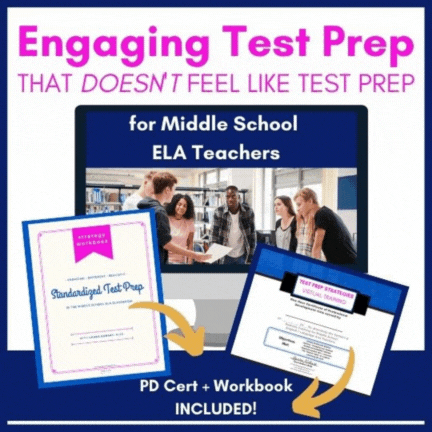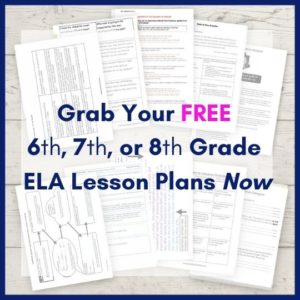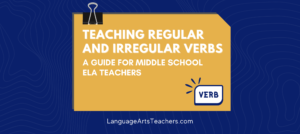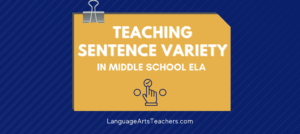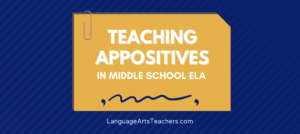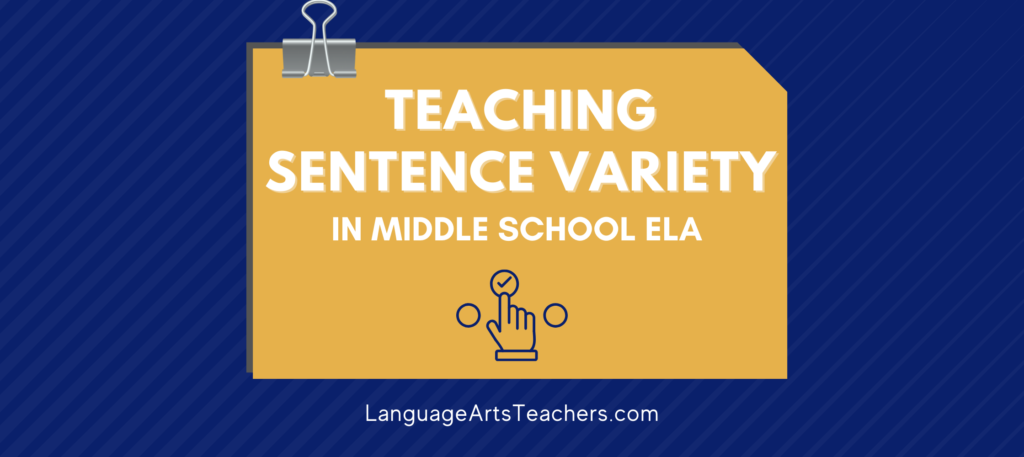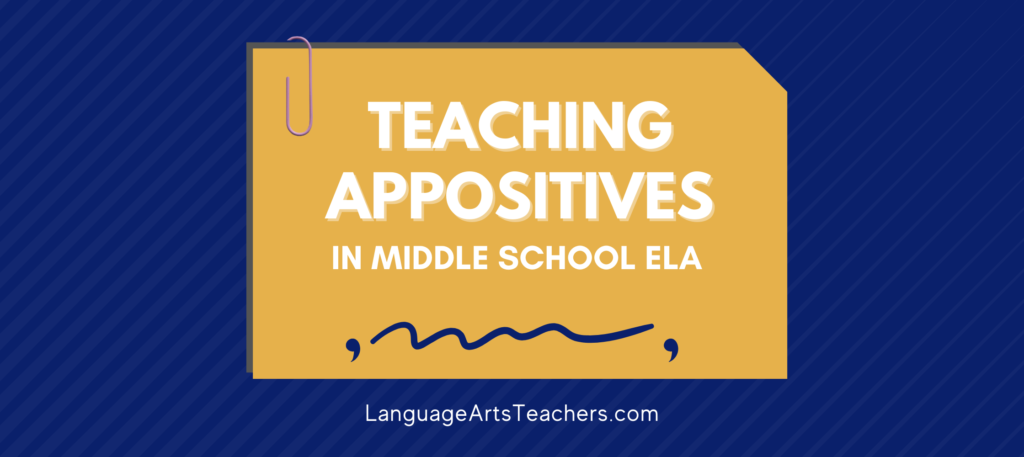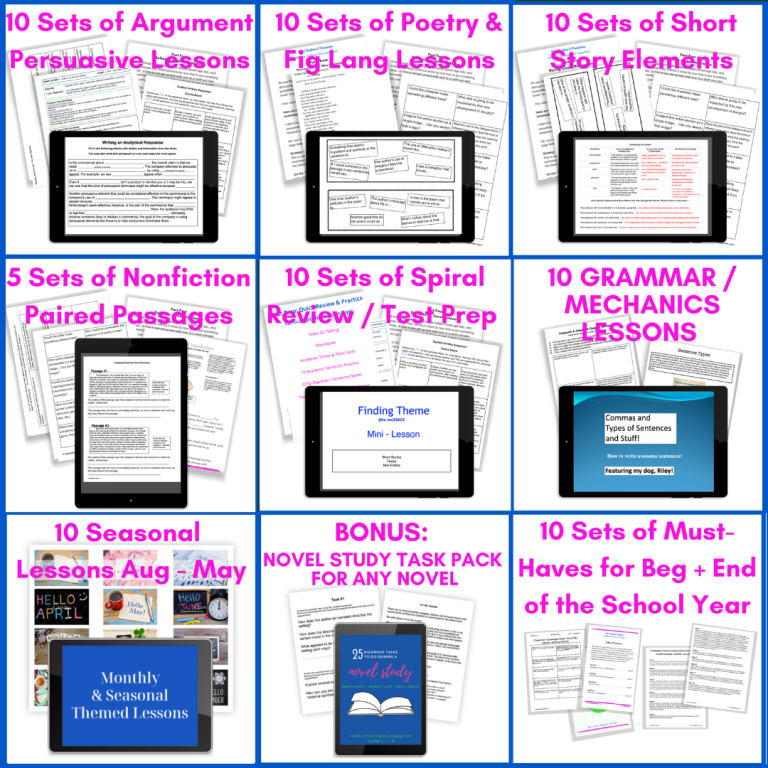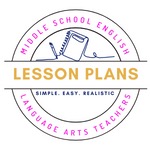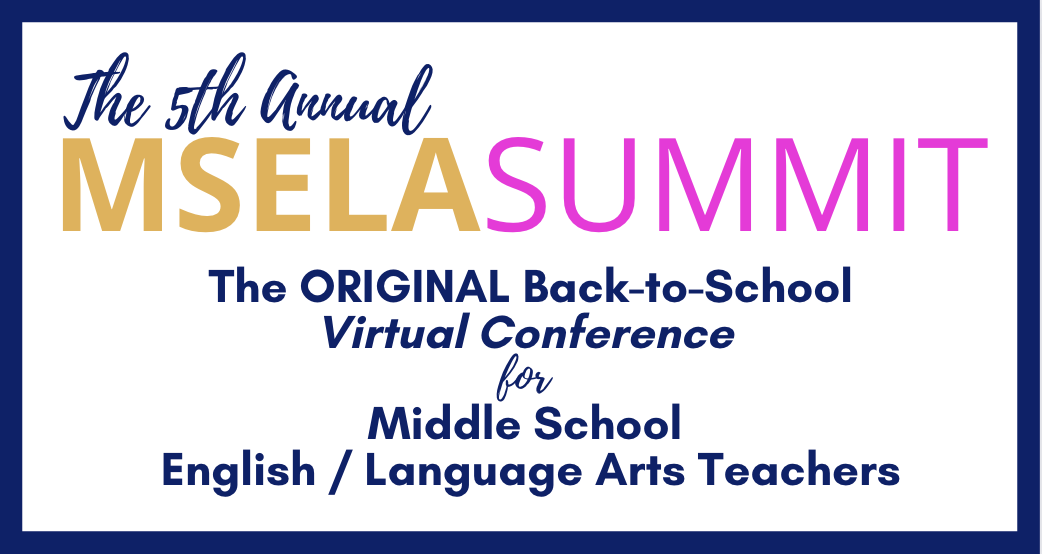Text Features
Concrete to Abstract
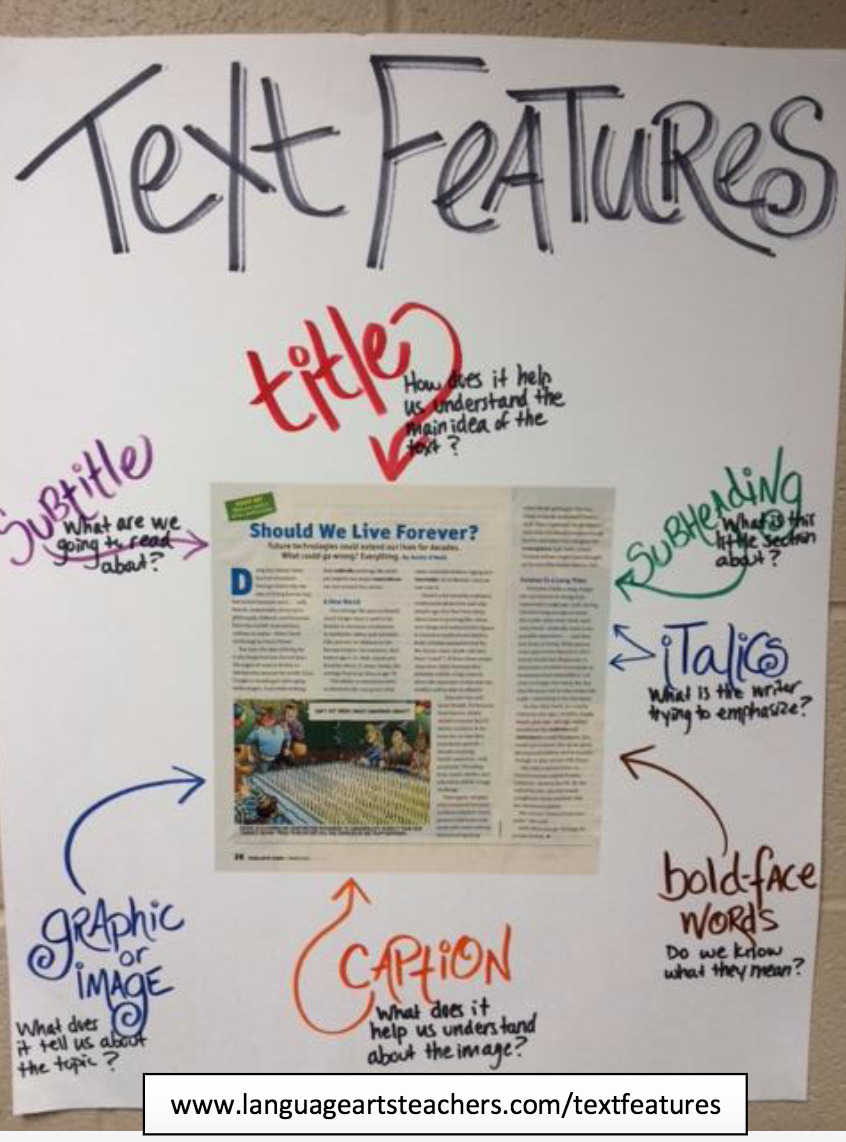
How do we get students to not only understand what a text feature is, but to know why it’s important and why it matters?
Wait a sec–do our students even know what the word “feature” means, much less what “text” and “feature” mean together?
Haven’t middle school ELA students already learned about text features?
Didn’t they learn about them back in, like, 2nd grade?
Well, yeah, but that doesn’t mean they don’t still need help, and the features of a text can definitely change, becoming more complex as the reading itself advances.
So here’s how to do it:
We know that a house, or a school, or an office building is a structure.

1) Show your students a picture of a house…
2) Tell them that a structure is simply a building. Just a building. Just a form, like the bare minimum to hold it up.
3) Ask your students to describe the features of the house.
You should get responses like It’s a two-story house…It has doors and windows…It has walls…A roof.
If they try to say things like It has red shutters and a red front door and brown bricks… then explain to them that no, those things aren’t the structure of the house; those things are more like decorations, or features of the house
4) Then tell your students that features are those smaller details that make the structure interesting and noticeable.
- captions beneath images
- bold and italicized words
- subheadings & subtitles
Ask them to describe the features of the house. You should get responses like It has a red door and red shutters on the windows…Snow-covered roof… Red/Brown bricks… White garage door. Those are the little details that add interest.
Need help with teaching text structures? Click here!
This is all very concrete, but it’s a great place to start so that your students have a foundation of what structure and features even mean.
Now you can apply it to reading.
To do this, just begin with a short passage, like maybe only a sentence or two.
Try this with your students:
Sweat dripped down my back as the blazing sun scorched, or burned, the dry sand.
Explain that the bold-faced word is like a decoration, similar to the red shutters on the house. It adds a little something interesting to the passage. It’s in bold because the author is using a word he or she hasn’t used before and it’s followed by the definition. So the author is trying to help you out by making that word really obvious.
Try another one with your students:
Yesterday was so much hotter than today. We went swimming in the afternoon because of the heat, whereas today it’s really too cold to get in the water.
In fact, have a couple different students read it aloud, putting emphasis on the italicized words.
Ask your students–
- Why did the author use italics?
- Why did he want those specific words to stand out?
- What does it convey to us about the person saying those lines?
- Doesn’t it sound kind of whiny, like the person speaking is complaining about the weather?
Now you’re having a conversation with your students about one way that text features can be used by writers to show a tone or attitude about what they’re reading.
That’s the power of not just identifying text features, but of analyzing why a writer used them and what that conveys to the reader!



